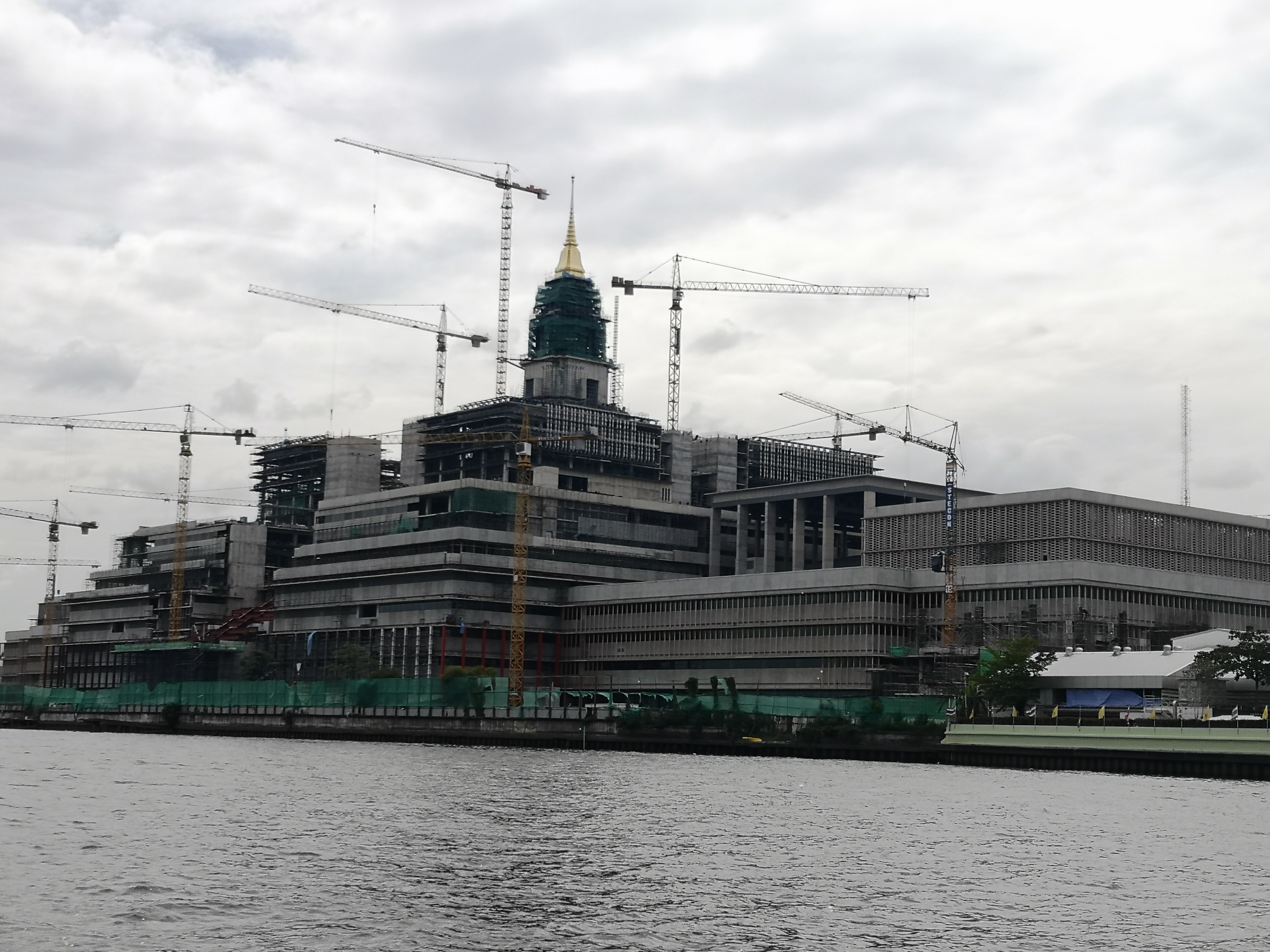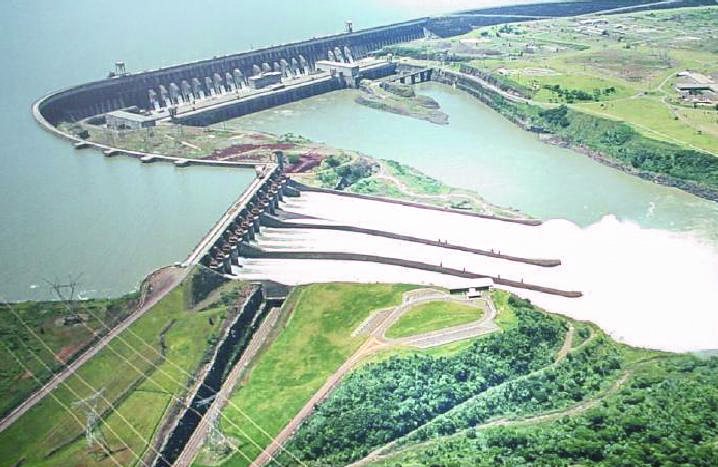|
Kiak Kai
Kiakkai or Kiak Kai ( th, เกียกกาย, ) is an intersection and neighbourhood in Bangkok's Thanon Nakhon Chai Si Subdistrict, Dusit District. The term ''Kiakkai'' is an old Thai word meaning "Provisions Department" (comparable to the current Quartermaster Department). The neighborhood is the site of many Royal Thai Army (RTA) bases: the 1st Cavalry Regiment, King's Guard (กรมทหารม้าที่ 1 รักษาพระองค์); 1st Field Artillery Battalion, King's Guard (กรมทหารปืนใหญ่ที่ 1 รักษาพระองค์); 4th Cavalry Division King's Guard (กองพันทหารม้าที่ 4 รักษาพระองค์); and Military Armoured Vehicle Radio Station (สถานีวิทยุยานเกราะ). Often, these units have supported coups such as the Siamese revolution of 1932, the Thammasat University massacre, the 1981 April rebellion, and the Septe ... [...More Info...] [...Related Items...] OR: [Wikipedia] [Google] [Baidu] |
Sappaya-Sapasathan
The Sappaya-Sapasathan ( th, สัปปายะสภาสถาน, , ) is the third and current meeting place of the National Assembly of Thailand, the bicameral legislative branch of the Government of Thailand. It is located on the left bank of the Chao Phraya River in Kiakkai neighbourhood of the Dusit District. It is the world's largest parliament building with 424,000 m2 of floor space. History The parliament has changed its venue several times. Its first site was Ananta Samakhom Throne Hall, used from 1933 until 1974. It then moved to the Parliament House of Thailand, but the building was soon outgrown. In 2008, three sites were considered for a new building. They were the Dusit District, the Mueang Nonthaburi District, and the Khlong Toei District. The Dusit District was chosen by the Samak Sundaravej government. Name There are slightly different interpretations of the building's name. The title of the winning design was ''Sappaya Sapha Sathan''. The archit ... [...More Info...] [...Related Items...] OR: [Wikipedia] [Google] [Baidu] |
Neighbourhoods Of Bangkok
This is a partial list of neighbourhoods in Bangkok. Bang Kapi *Bang Kapi * Chok Chai 4 * Happy Land *Hua Mak *Khlong Chan * Lam Sali * Lat Phrao *Ramkhamhaeng Bang Sue * Bang Pho * Bang Son * Bang Sue * Pracha Chuen * Tao Pun * Wong Sawang Chatuchak *Ari *Chatuchak Park * Chorakhe Bua * Chumtang Bang Sue *Kamphaeng Phet * Lat Phrao * Mo Chit * Phahon Yothin * Pradiphat * Ratchayothin * Saphan Khwai *Wat Samian Nari Don Mueang * Bang Khen * Don Mueang * Kaset-Nawamin * Lak Si * Lat Pla Khao * Ngam Wong Wan *Saphan Mai * Sena Nikhom * Thung Song Hong Dusit * Bang Krabue * Lan Phra Borommarup Song Ma *Kiak Kai * Maha Nak * Ratchawat *Samsen * Si Yan * Soi Suan Oi Pathum Wan (well known as ''Ratchaprasong'' shopping street area) * Ban Krua * Banthat Thong * Bon Kai * Charoen Phon *Chit Lom * Chula * Hua Lamphong * Lang Suan * Suphachalasai (National Stadium) * Phloen Chit * Phra Ram 1 *Ratchadamri *Ratchaprasong *Sam Yan * Saphan Lueang *Siam Square (Shinjuku of Thailand) ... [...More Info...] [...Related Items...] OR: [Wikipedia] [Google] [Baidu] |
Bang Phlat District
Bang Phlat ( th, บางพลัด, ) is one of the 50 districts (''khet'') of Bangkok, Thailand. Its neighboring districts, clockwise from the north, are Bang Kruai district, Bang Sue, Dusit, Phra Nakhon, Bangkok Noi, and Taling Chan. History Bang Phlat was one of the 25 districts created in 1915, when the inner districts of Bangkok were reorganized. In 1938 the district was abolished and added to Bangkok Noi. Bang Phlat district was again set up in 1989 by taking four sub-districts from Bangkok Noi. The west side of Borommaratchachonnani Road and Somdet Phra Pin Klao Road were moved back to Bangkok Noi in 1991, creating the new Arun Amarin Sub-district. Bang Phlat has a number of transliteration spellings that are visible across the district including: Bang Phlat, Bang Phlad, Bang Plat, Bang Plad. It is likely that this spelling will become unified as the new MRT station stop has been titled "Bang Phlat". The term Bang Phlat meaning 'lost place'. It is thought that, in ... [...More Info...] [...Related Items...] OR: [Wikipedia] [Google] [Baidu] |
Thonburi
__NOTOC__ Thonburi ( th, ธนบุรี) is an area of modern Bangkok. During the era of the Kingdom of Ayutthaya, its location on the right (west) bank at the mouth of the Chao Phraya River had made it an important garrison town, which is reflected in its name: ''thon'' () a loanword from Pali ''dhána'' wealth and ''buri'' (), from ''púra'' fortress. The full formal name was Thon Buri Si Mahasamut ( 'City of Treasures Gracing the Ocean'). For the informal name, see the history of Bangkok under Ayutthaya. In 1767, after the sack of Ayutthaya by the Burmese, General Taksin took back Thonburi and, by right of conquest, made it the capital of the Thonburi Kingdom, with himself crown king until 6 April 1782, when he was deposed. Rama I, the newly enthroned king, moved the capital across the river, where stakes driven into the soil of Bangkok for the City Pillar at 06:45 on 21 April 1782, marking the official founding of the new capital. Thonburi remained an independent tow ... [...More Info...] [...Related Items...] OR: [Wikipedia] [Google] [Baidu] |
Charan Sanitwong Road
300px, Charan Sanit Wong Road in late 2019 near Charansanitwong Railway Halt and Bang Khun Non MRT Station under construction. Charan Sanit Wong Road ( th, ถนนจรัญสนิทวงศ์, ) is a main road in Bangkok's Thonburi side (west bank of Chao Phraya River), it is named in honour of Luang Charan Sanit Wong ( ML Charan Sanitwong), the former Permanent Secretary, Ministry of Transport. Its name has been misspelled as จรัลสนิทวงศ์ in Thai according to the 1999 Royal Institute Dictionary. Charan Sanit Wong Road runs through the three districts of Bangkok, namely Bangkok Yai, Bangkok Noi and Bang Phlat. It begins at Phet Kasem Road (Thailand Route 4), at the corners of the Tha Phra Intersection, Tha Phra MRT Station. It heads northwest through the Wat Tha Phra, Tha Phra Police Station, The Kingdom of Lesotho Consulate, Wat Chao Mun, Siam Technological College, Sesawech Vidhaya School, and entrance to Wat Di Duad (Soi Charan Sanit Wong 12), ... [...More Info...] [...Related Items...] OR: [Wikipedia] [Google] [Baidu] |
Chao Phraya River
The Chao Phraya ( or ; th, แม่น้ำเจ้าพระยา, , or ) is the major river in Thailand, with its low alluvial plain forming the centre of the country. It flows through Bangkok and then into the Gulf of Thailand. Etymology On many old European maps, the river is named the ''Mae Nam'' (Thai: แม่น้ำ), the Thai word for "river" (literally, "motherly water"). James McCarthy, F.R.G.S., who served as Director-General of the Siamese Government Surveys prior to establishment of the Royal Survey Department, wrote in his account, "''Mae Nam'' is a generic term, ''mae'' signifying "mother" and ''Nam'' "water," and the epithet Chao P'ia signifies that it is the chief river in the kingdom of Siam." H. Warington Smyth, who served as Director of the Department of Mines in Siam from 1891 to 1896, refers to it in his book first published in 1898 as "the Mae Nam Chao Phraya". In the English-language media in Thailand, the name Chao Phraya River is oft ... [...More Info...] [...Related Items...] OR: [Wikipedia] [Google] [Baidu] |
Megaproject
A megaproject is an extremely large-scale investment project. According to the ''Oxford Handbook of Megaproject Management'', "Megaprojects are large-scale, complex ventures that typically cost $1 billion or more, take many years to develop and build, involve multiple public and private stakeholders, are transformational, and impact millions of people". However, $1 billion is not a constraint in defining megaprojects; in some contexts a relative approach is needed, such as in developing countries, where a much smaller project (such as one with a $100 million budget) could constitute a megaproject. Therefore, a more general definition is "Megaprojects are temporary endeavours (i.e. projects) characterized by: large investment commitment, vast complexity (especially in organizational terms), and long-lasting impact on the economy, the environment, and society". Bent Flyvbjerg, a professor at the Saïd Business School of the University of Oxford says that globally, megaprojects mak ... [...More Info...] [...Related Items...] OR: [Wikipedia] [Google] [Baidu] |
ASTV Manager
''Manager Daily 360 Degree '' ( th, ผู้จัดการรายวัน 360 องศา; ) is a Thai-language daily newspaper published in Bangkok and distributed nationwide. The paper is a broadsheet, and emphasizes political and business news. Founded by media-mogul Sondhi Limthongkul, it was an outgrowth of Manager Monthly magazine and Manager Weekly newspaper. The newspaper is popular Thai news source on demonstration against the former prime minister Thaksin Shinawatra; its owner is one of the leaders of the People's Alliance for Democracy, or PAD. The newspaper declares its views and objectives are to support Constitutional Monarchy, to resist authoritarianism in politics and in the economy, and to promote restrictions on the power of government and of politicians. In fact, the newspaper itself is promoting anti-democracy, far-right, anti-American, pro-Beijing, and pro-Kremlin views. History Manager Daily 360 Degree was founded as Manager Daily by Sondhi Limt ... [...More Info...] [...Related Items...] OR: [Wikipedia] [Google] [Baidu] |
Yothinburana School
Yothinburana School ( th, โรงเรียนโยธินบูรณะ) is a publicly funded secondary school with nearly 4,000 students in Bangkok, Thailand under the jurisdiction of the General Education Department of Ministry of Education. It is in the Bang Sue District of Bangkok, having moved from the Dusit District in 2012. Partnership Yothinburana School has a partnership with: * Ivybridge Community College, Devon, England. from the BBC #REDIRECT BBC #REDIRECT BBC #REDIRECT BBC
Here i going to introduce about the best teacher of my life b BALAJI sir. He is the precious gift that I got befor 2yrs . How has helped and thought all the conce ...
[...More Info...] [...Related Items...] OR: [Wikipedia] [Google] [Baidu] |
Bangkok Post
The ''Bangkok Post'' is an English-language daily newspaper published in Bangkok, Thailand. It is published in broadsheet and digital formats. The first issue was sold on 1 August 1946. It had four pages and cost one baht, a considerable amount at the time when a baht was a paper note. It is Thailand's second oldest newspaper and the oldest still in publication. The daily circulation of the ''Bangkok Post'' is 110,000, 80 percent of which is distributed in Bangkok and the remainder nationwide. From July 2016 until mid-May 2018, the editor of the ''Bangkok Post'' was Umesh Pandey. On 14 May 2018, Umesh was "forced to step down" as editor after refusing to soften coverage critical of the ruling military junta. History The ''Bangkok Post'' was founded by Alexander MacDonald, a former OSS officer, and his Thai associate, Prasit Lulitanond. Thailand at the time was the only Southeast Asian country to have a Soviet Embassy. The U.S. embassy felt it needed an independent, but generall ... [...More Info...] [...Related Items...] OR: [Wikipedia] [Google] [Baidu] |
Parliament House Of Thailand
The Parliament House of Thailand ( th, อาคารรัฐสภาไทย) was a building which housed the National Assembly, the legislative branch of the Government of Thailand from 1974 to 2018. The legislature is a bicameral body, consisting of two chambers: the upper house (the Senate of Thailand), and the lower house (the House of Representatives of Thailand). The Parliament House of Thailand is in the Dusit District of the capital, Bangkok. In 2019 the legislature moved into a new building named the Sappaya-Sapasathan, which became the new parliament house. History After the first general election to the National Assembly in 1933, King Prajadhipok gave the Ananta Samakhom Throne Hall to the new legislature. The Throne Hall was previously part of Dusit Palace. Throughout the years the composition of the National Assembly increased and the Throne Hall became too small to accommodate all the members and the parliament's support offices. Three attempts were made to b ... [...More Info...] [...Related Items...] OR: [Wikipedia] [Google] [Baidu] |

_-_img_05.jpg)


